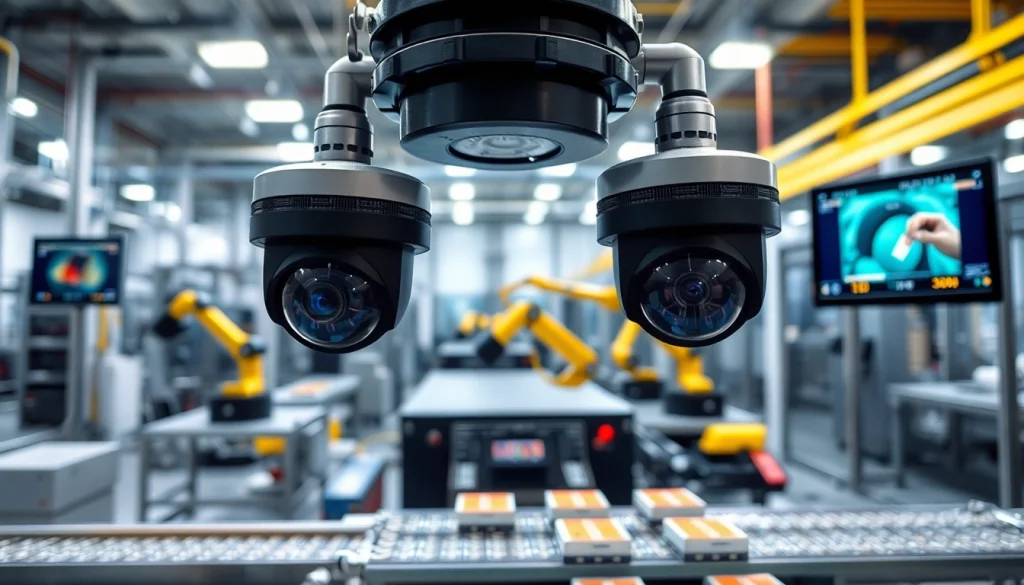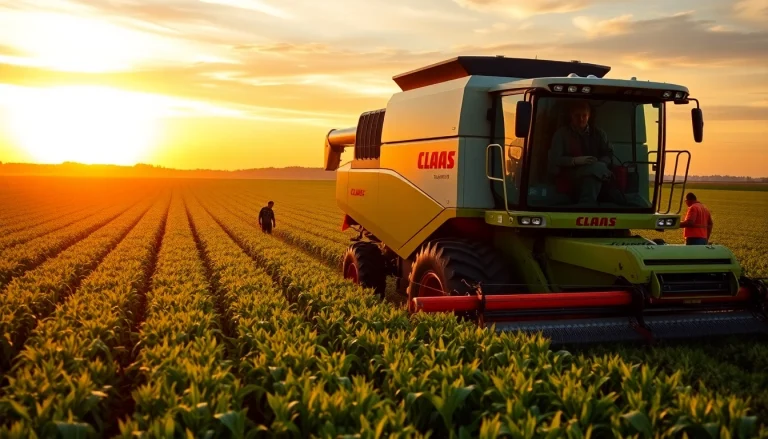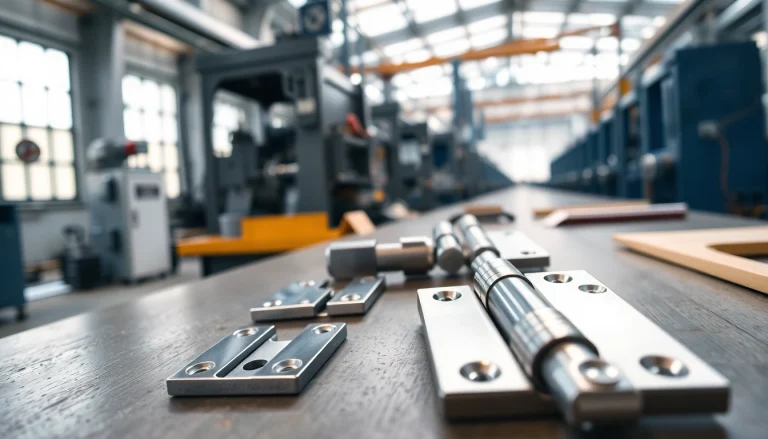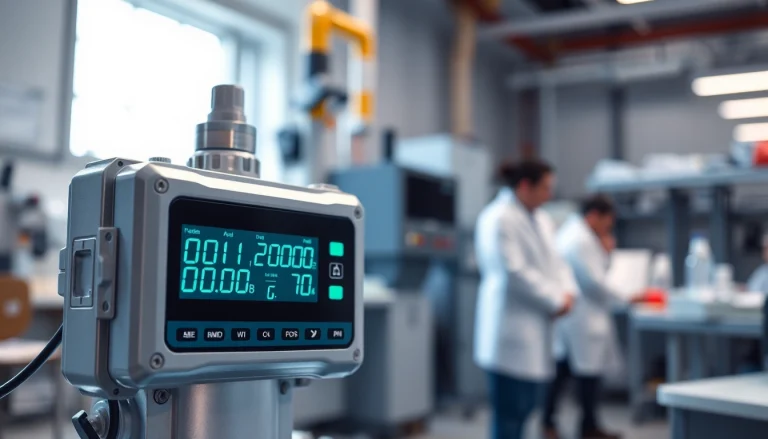
1. Introduction to Machine Vision
Machine vision is a rapidly evolving technology that combines optics, computer science, and artificial intelligence to enable machines to interpret and understand visual information. It encompasses the use of specialized equipment and algorithms to automate processes traditionally performed by humans, such as inspection, analysis, and guidance. By leveraging machine vision, industries can achieve greater efficiency, improved accuracy, and enhanced quality control.
1.1 What is Machine Vision?
Machine vision can be defined as the technology and methods employed to automate visual inspection and analysis in various applications. It uses one or more cameras to capture images of products or environments, which are then processed by software algorithms to identify patterns, detect anomalies, or guide machinery. Unlike traditional optical inspection, where human operators rely on subjective judgment, machine vision systems provide consistent, objective results based on predefined criteria.
1.2 Key Components of Machine Vision Systems
A typical machine vision system consists of several key components:
- Cameras: Used for image capture, cameras can vary in type from standard CCD/CMOS cameras to more advanced thermal or high-speed models.
- Illumination: Proper lighting is crucial for obtaining high-quality images. Various lighting techniques, such as backlighting or structured lighting, enable the system to enhance image contrast.
- Processing Hardware: This includes computers and processors that manage data from cameras. The performance of the hardware impacts the speed and capability of image processing.
- Software Algorithms: These are the brain of any machine vision system, equipped with capabilities for image processing, machine learning, and analysis to extract valuable insights from captured images.
1.3 Historical Development and Evolution
The development of machine vision dates back to the 1960s when the first rudimentary automated inspection systems were introduced. Over the years, advancements in electronics and computing power have significantly reduced costs and increased capabilities, leading to widespread adoption in various industries such as manufacturing, healthcare, and logistics. Today, the integration of artificial intelligence and deep learning techniques has further transformed how machine vision systems operate, improving their accuracy and functionality.
2. How Machine Vision Works
2.1 Image Capture Technologies
Image capture is the first step in machine vision. Modern systems employ various technologies such as:
- 2D Imaging: The most common type, it captures flat images using two-dimensional cameras.
- 3D Imaging: Utilizes special cameras to capture depth information, making it ideal for applications that require spatial awareness.
- Hyperspectral and Multispectral Imaging: Employs sensors that capture data across multiple wavelengths, useful for identifying chemical compositions or material differences.
2.2 Processing Algorithms and Techniques
Once images are captured, they undergo processing through sophisticated algorithms. Commonly used techniques include:
- Image Segmentation: This technique separates different objects within an image, making it easier to analyze specific components.
- Pattern Recognition: Algorithms identify patterns or features within images, crucial for applications like barcode scanning or face recognition.
- Machine Learning: Modern systems often incorporate AI to improve decision-making processes based on historical data, allowing for continuous learning and better accuracy over time.
2.3 Integration with Other Technologies
Machine vision does not operate in isolation. Its integration with other technologies is essential for maximizing its potential. Key integrations include:
- Industrial Automation: Machine vision systems can control robotic arms, aligning them to products for precise handling and assembly.
- Data Analytics: Collected data can be analyzed to yield insights for quality control and operational improvement across production lines.
- Internet of Things (IoT): Machine vision can connect with IoT platforms to provide real-time monitoring and analytics, enhancing predictive maintenance efforts.
3. Applications of Machine Vision
3.1 Quality Control and Defect Detection
One of the most significant applications of machine vision is in quality control and defect detection. Automated visual inspection systems ensure that products meet quality standards throughout the production process. For instance, manufacturers can employ machine vision to detect surface defects in items such as car panels or semiconductor wafers. By analyzing images for inconsistencies, these systems can reject defective products before they reach customers, significantly reducing waste and improving customer satisfaction.
3.2 Robotics and Automation
In robotics, machine vision is pivotal for guiding and controlling automated systems. Robots equipped with vision systems can recognize objects, navigate environments, and perform complex tasks such as assembly with precision. For example, in fulfillment centers, autonomous robots use machine vision to identify products and maneuver accurately through aisles, picking and packing items efficiently.
3.3 Healthcare Imaging Solutions
Machine vision is also making inroads into healthcare, particularly in medical imaging. Algorithms can analyze radiographs, MRIs, and other imaging studies to assist radiologists in detecting diseases such as tumors or other anomalies. Machine vision technologies enable faster diagnosis and can provide second opinions that enhance the accuracy of interpretations by professionals.
4. Advantages and Challenges of Machine Vision
4.1 Benefits for Industrial Processes
The benefits of implementing machine vision systems in industry are numerous:
- Increased Efficiency: Automation of visual inspection processes leads to quicker throughput.
- Consistency and Accuracy: Unlike human operators, machine vision systems do not suffer from fatigue, providing reliable results every time.
- Data Collection: Machine vision systems can continuously collect data for analysis, revealing insights that facilitate process improvements.
4.2 Common Implementation Challenges
Despite the advantages, machine vision systems do face challenges during implementation. These can include:
- Initial Investment: The cost of acquiring advanced machine vision systems can be significant, which may dissuade some businesses.
- Customization Needs: Off-the-shelf solutions may not meet specific requirements, necessitating costly custom development.
- Lighting and Environment Variability: Changes in lighting conditions can drastically affect image quality, making system calibration crucial.
4.3 Future Trends and Innovations
Looking to the future, several trends may shape the development of machine vision:
- Integration with AI: As AI continues to evolve, machine vision systems will be able to enhance learning and decision-making capabilities.
- Miniaturization: The ongoing trend towards smaller, more compact systems could open new applications, particularly in mobile devices and automation.
- Increased Use in AI Training: Machine vision will increasingly support training AI systems by providing the visual data necessary for learning complex tasks.
5. Getting Started with Machine Vision
5.1 Assessing Your Needs and Requirements
The first step towards adopting machine vision technology is conducting a thorough assessment of your organization’s specific needs. Consider factors such as:
- The types of inspections you will be performing.
- The required speed and accuracy of these inspections.
- Your existing workflows and how machine vision can integrate into them.
5.2 Choosing the Right Equipment and Technologies
Choosing the right machine vision equipment involves evaluating multiple factors, including:
- The type of cameras and sensors best suited for your application.
- The required software capabilities for analysis and reporting.
- Lighting requirements for optimal image capture.
Engaging with an experienced vendor can help you navigate the options available and select the most effective solutions for your needs.
5.3 Measuring Success and Performance Metrics
To assess the effectiveness of your machine vision system, it is critical to establish performance metrics. Metrics might include:
- Detection Rate: The percentage of defects identified by the system.
- False Positive Rate: The frequency with which the system incorrectly identifies an issue.
- Throughput: The speed at which inspections are completed.
Regularly reviewing these metrics ensures that the system continues to meet operational goals and supports any necessary adjustments or upgrades.






